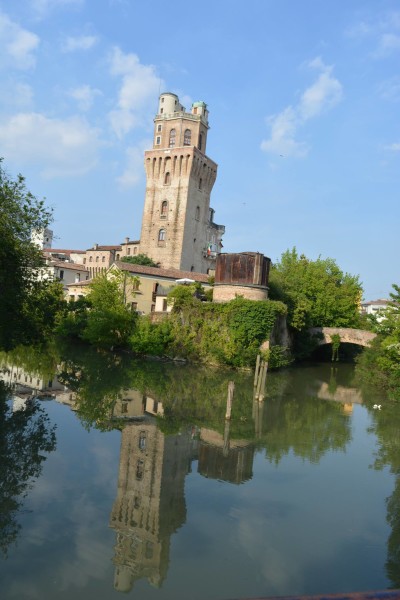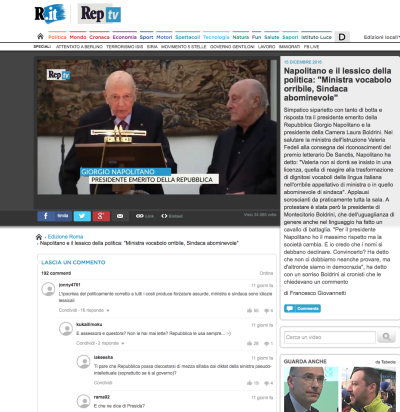16. “…gay ti viene proprio male…continuate a dire frocio….” La variazione diastratica e il politicamente corretto nella lingua del film Perfetti sconosciuti
For both the speech that its characters emit as well as for its ability to convey complexity of language, cinematic dialogue has become a relatively stable indicator for contemporary Italian. Diaphasia (the situational context) and diastratia (references to social and professional status) are foundational axes for linguistic change. This essay examines the language of Perfetti sconosciuti/Perfect Strangers(Paolo Genovese, 2016), highlighting the increased influence of diaphasia on the characters’ social roles and on their linguistic expression.



